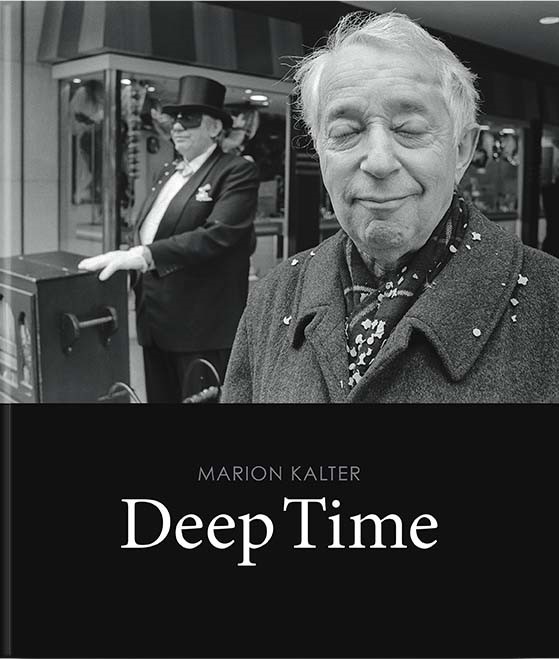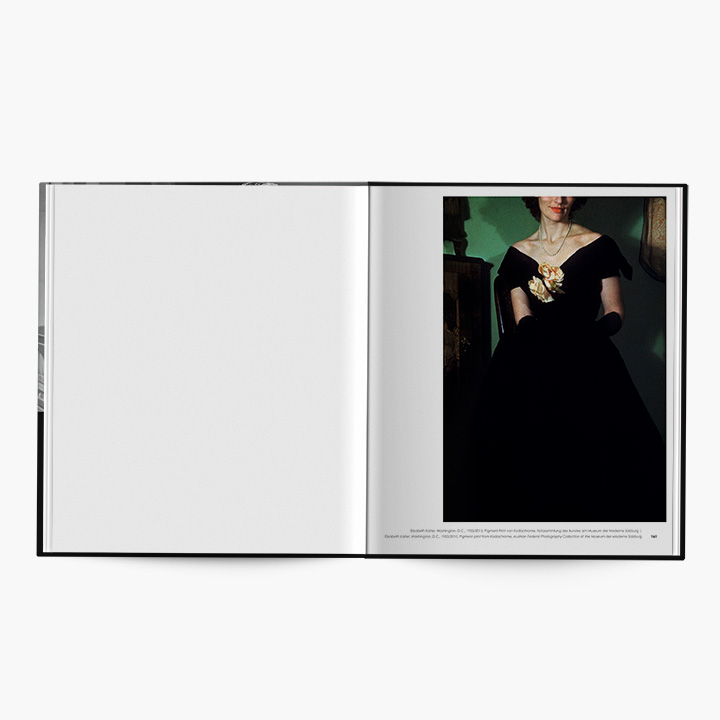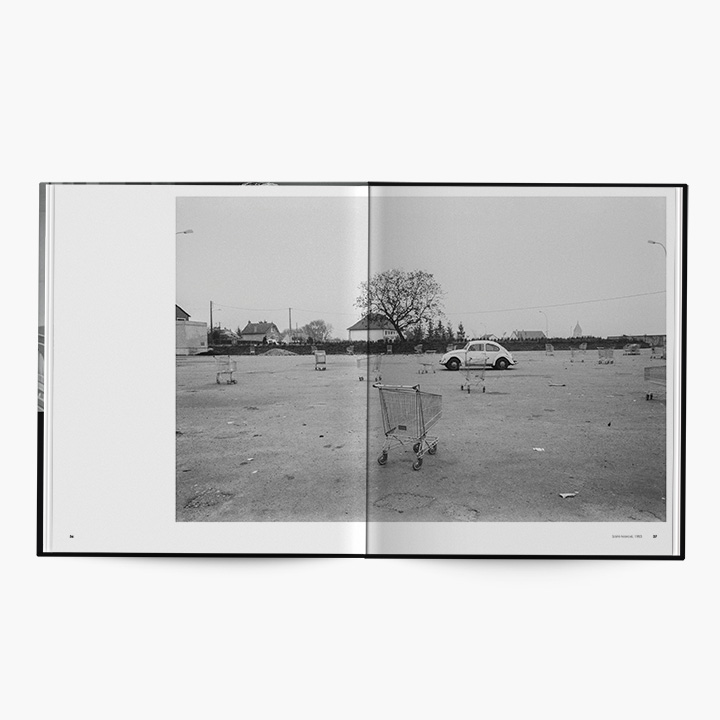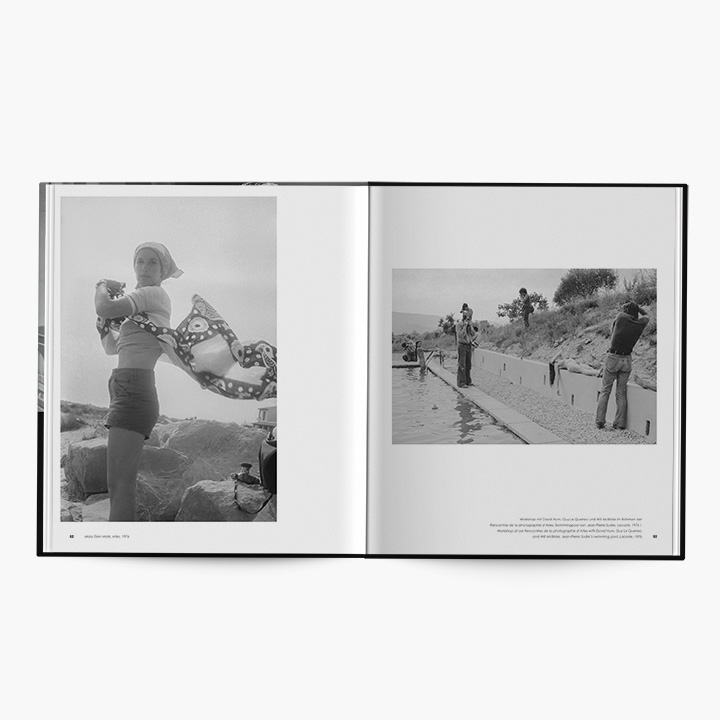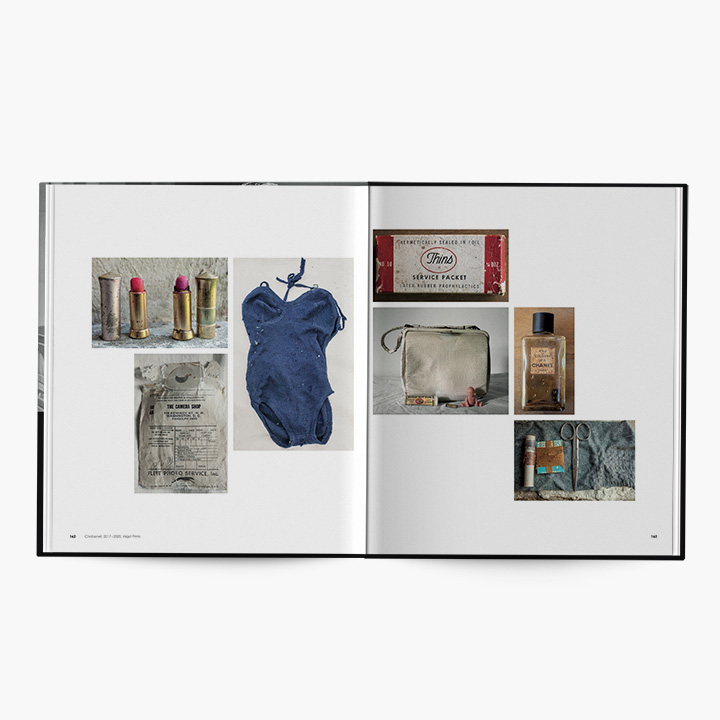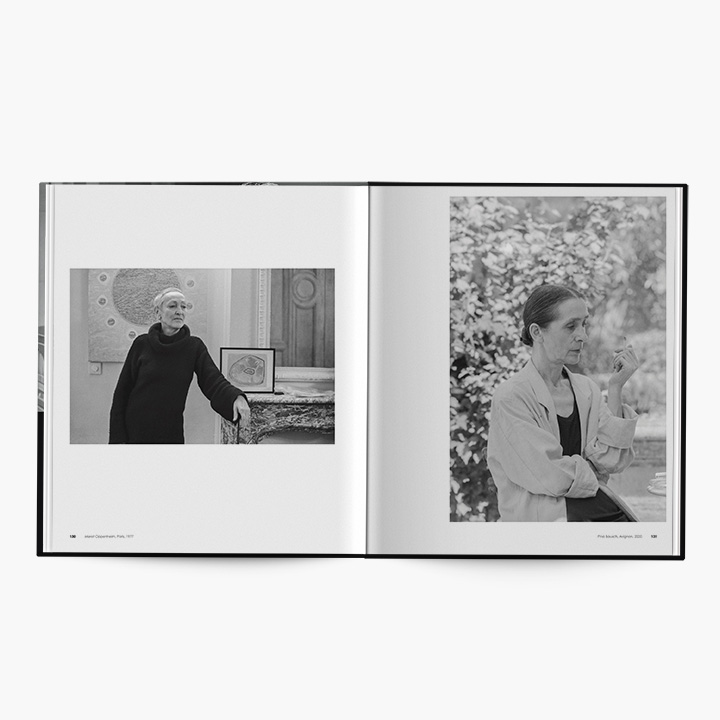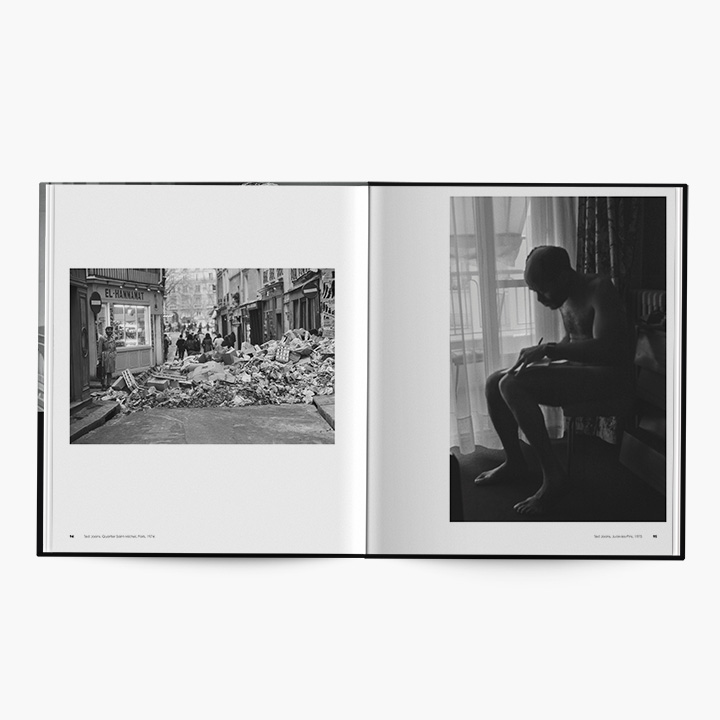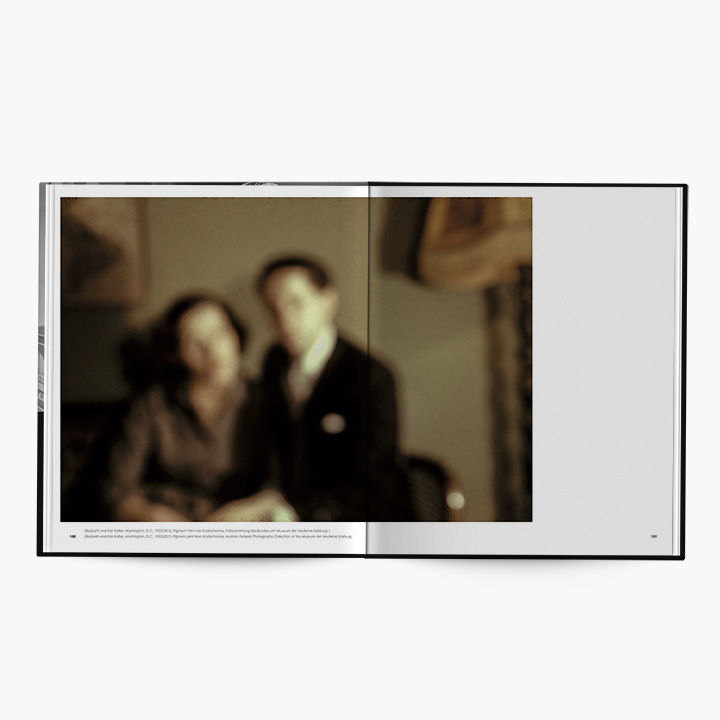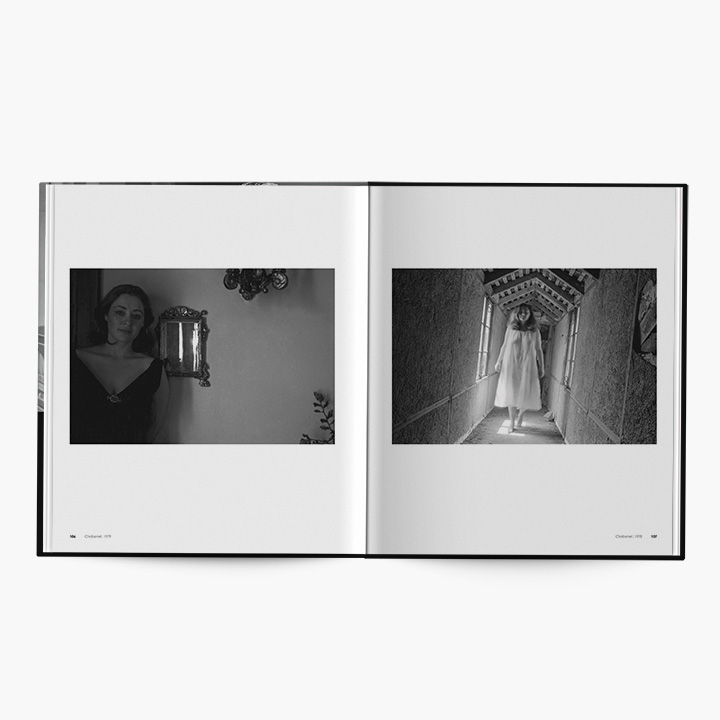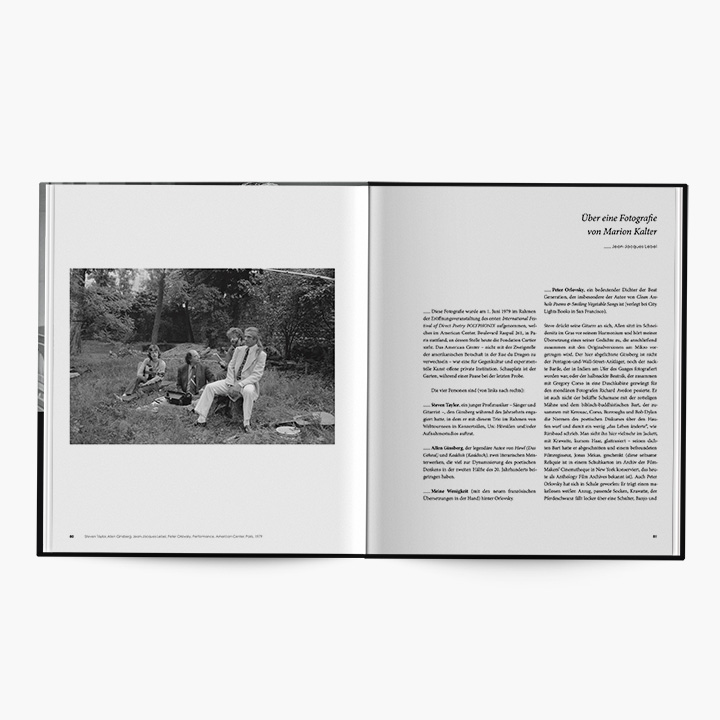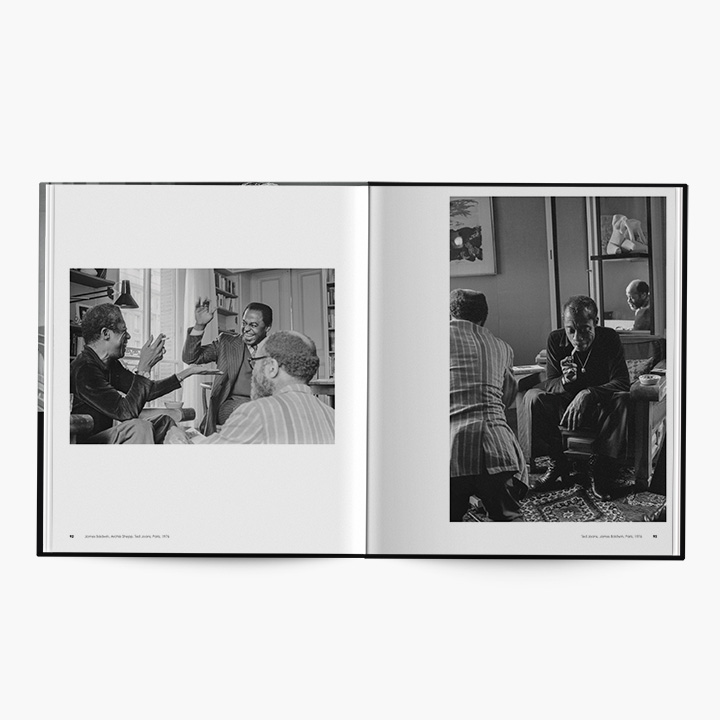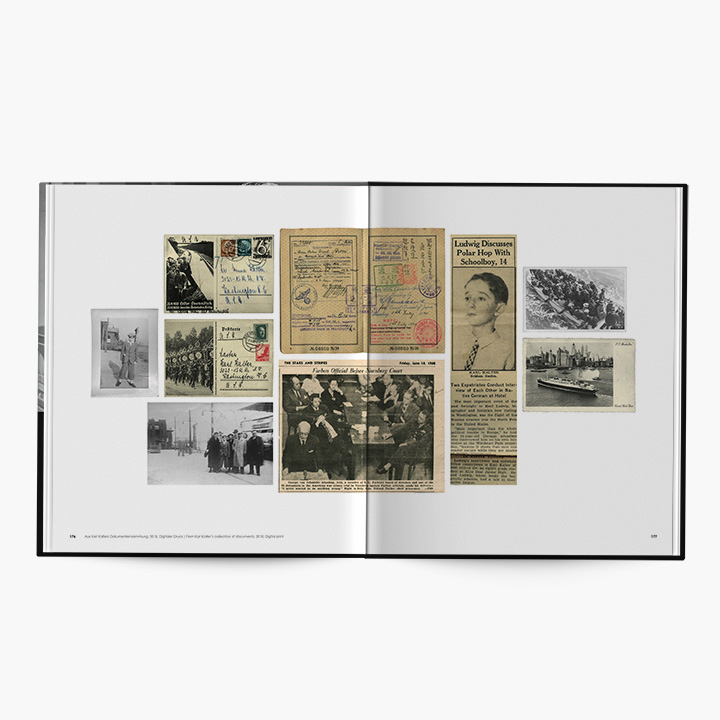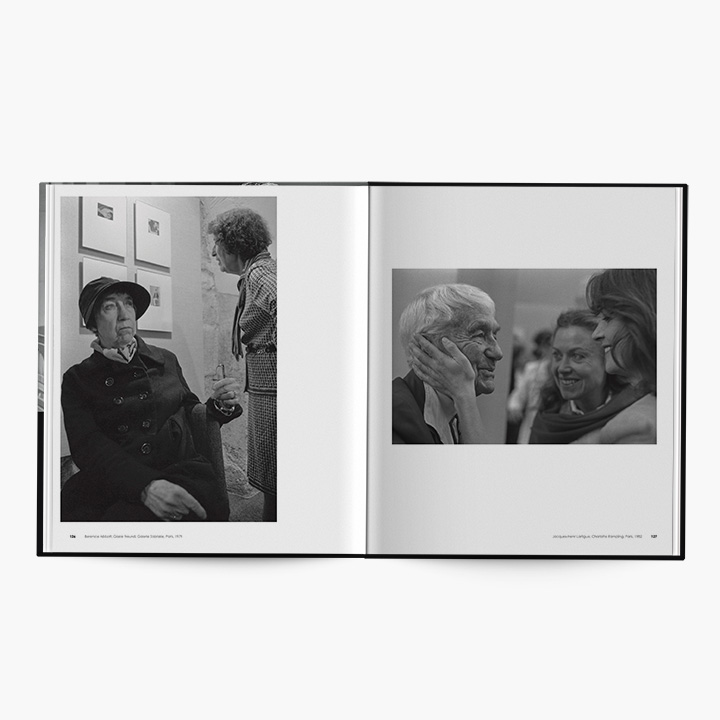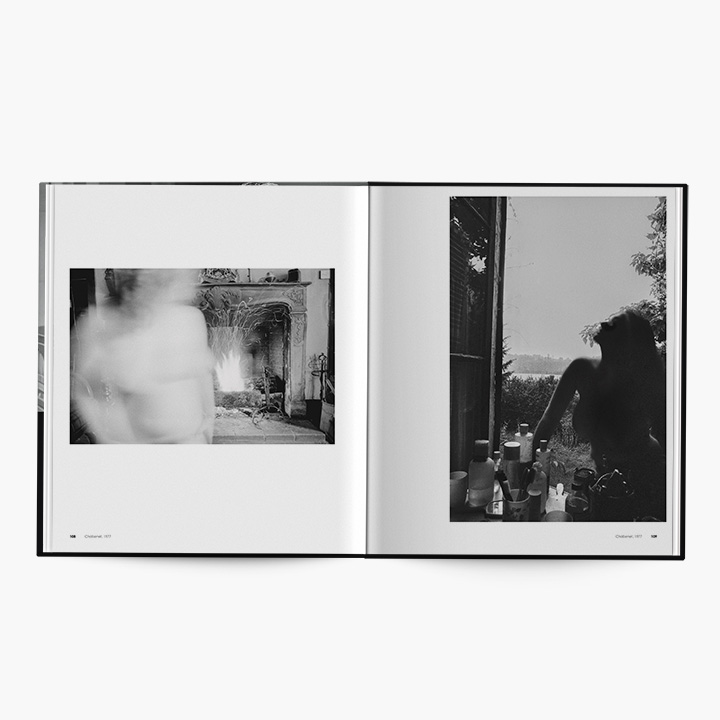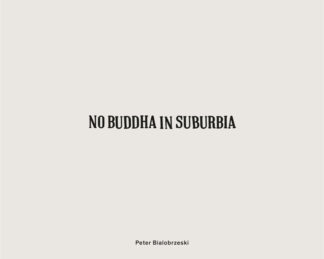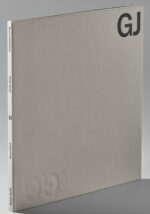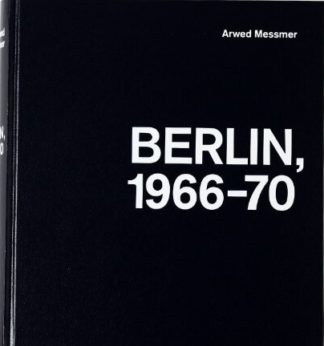Ce fut l’une de ses préoccupations lorsqu’elle était une jeune journaliste qui a rencontré des artistes et des intellectuels d’avant-garde des années 1970 comme Anaïs Nin, Paul Bowles, William Burroughs, Allen Ginsberg, Susan Sontag et Meret Oppenheim. Elle a également rencontré des photographes comme Mary Ellen Mark et Garry Winogrand lors des premières éditions du festival de photographie Les Rencontres d’Arles et à Paris.
Dans Deep Time, sa première monographie, Marion Kalter relate son histoire en images, faisant l’inventaire d’une époque et de son mode de vie à travers une série de techniques et de sujets photographiques différents. Elle combine des portraits classiques avec des autoportraits radicaux et juxtapose des natures mortes d’objets de la propriété de ses parents avec des collages de photographies historiques et des clichés contemporains pris avec un smartphone.
Ces différents niveaux temporels et géographiques créent un cosmos pictural impressionnant dans lequel les seules constantes sont l’intensité et la subjectivité avec laquelle Marion Kalter tente de comprendre son passé ; introduction de Thorsten Sadowsky, textex de Kerstin Stremmel, Florian Ebner et Jean-Jacques Lebel.
This was one of her focuses when she was a young journalist who encountered avant-garde artists and intellectuals of the 1970s such as Anaïs Nin, Paul Bowles, William Burroughs, Allen Ginsberg, Susan Sontag, and Meret Oppenheim. She also met photographers such as Mary Ellen Mark and Garry Winogrand at early editions of the photography festival Rencontres d’Arles and in Paris. In Deep Time, her first monograph, Kalter relates her story in images, taking inventory of an era and its lifestyle through a series of different photographic techniques and subjects. She combines classic portraits with radical staged self-portraits and juxtaposes still lifes of objects from her parent’s estate with collages of historical photographs and contemporary shots taken with a smartphone. These various temporal and geographical levels create an impressive pictorial cosmos in which the only constants are the intensity and subjectivity with which Kalter attempts to understand her past ; introduction by Thorsten Sadowsky, texts by Kerstin Stremmel, Florian Ebner and Jean-Jacques Lebel.

